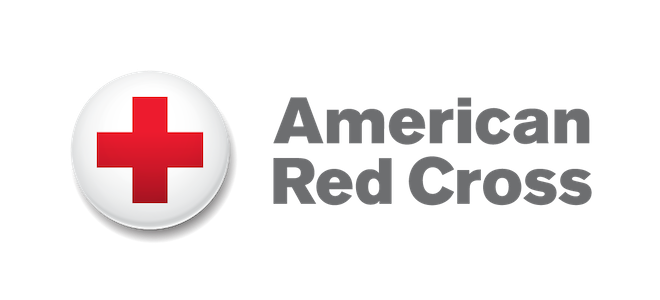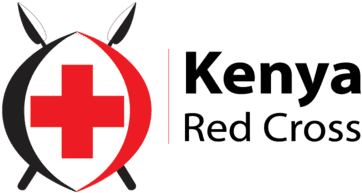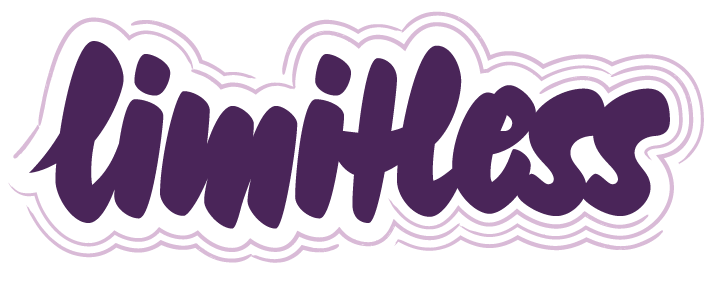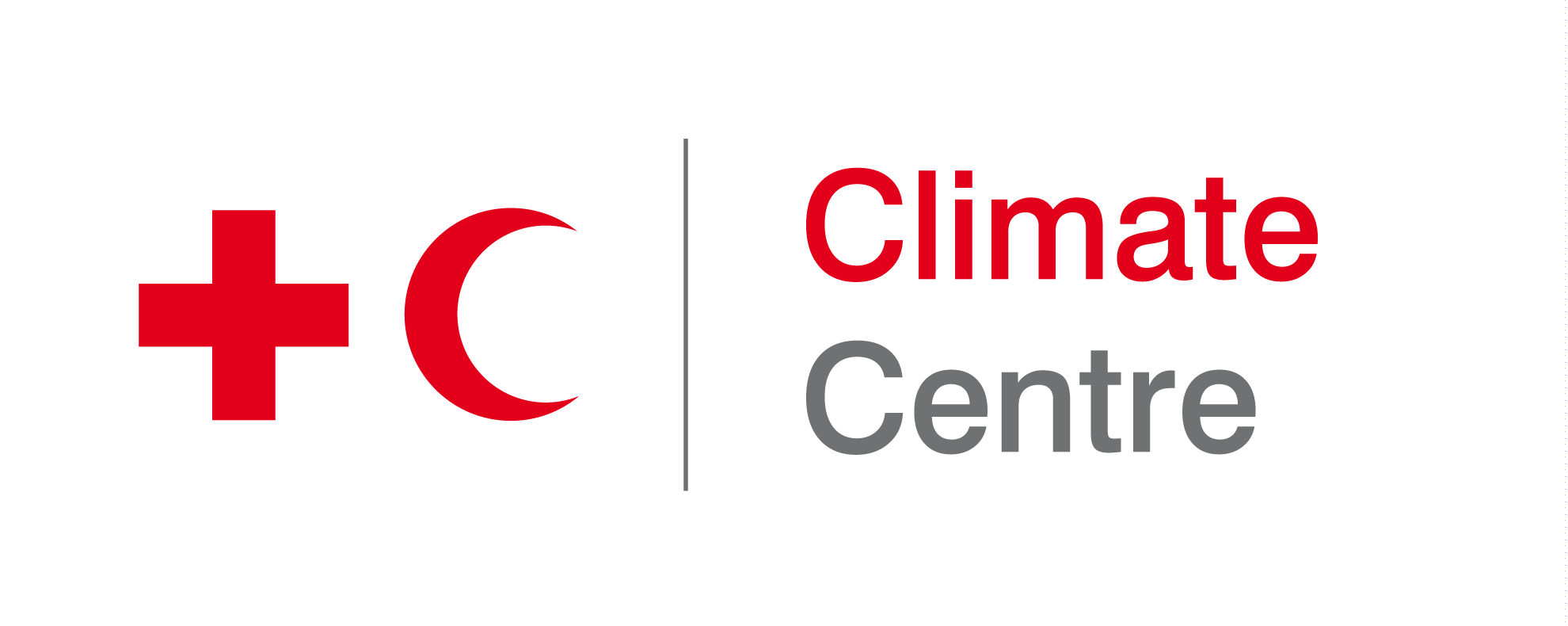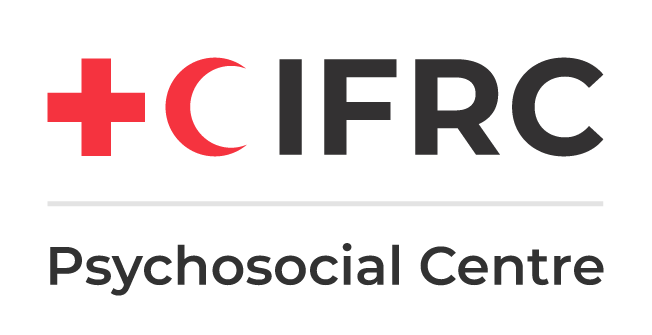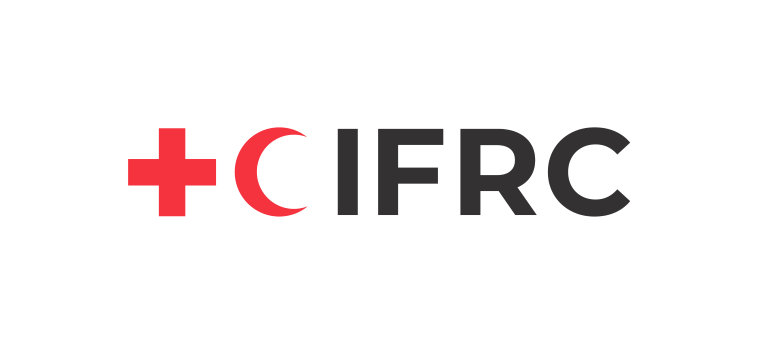Teen Prep Kit
Get ready for the unexpected with the Teen Prep Kit!
Designed with teen inclusivity in mind, this kit offers a fun and accessible way to learn about preparedness. With activities and videos created by teens, for teens, it's never been easier to get educated and take action.
This collection of grab-and-go resources also includes existing teen-focused materials, so you can be confident in handling any situation. Start building your preparedness skills today with the Teen Prep Kit!
↓ Click on a module to get started ↓
Disaster Risk Reduction

Teen Activities
Did you know there's nothing natural about disasters?
Learn about hazards and how to identify disaster risks through these engaging activities:
Available in:
Additional Teen DRR Resources
A training Manual for facilitators on how to increase the involvement of children in their own protection.
Read here.
This guidebook is intended for boys and girls aged 10 to 17 years old and will teach children their rights, specifically in situations of emergency and disaster, and will help children participate in reducing the dangers they face.
The illustrations will help children learn what they can do, and what should be done for them by their parents, teachers, government officials, and other adults during emergencies or disasters.
Download here.
Stay safe and be prepared.
Download here.
Play multiple realistic disaster scenarios, including tsunamis, wildfires, and earthquakes.
Play here.
Who’s most at risk? is a role-play activity that enables pupils aged 11-18 to understand some of the critical factors placing people at the most risk from the effects of natural hazards such as floods.
Download here.
Emergency Planning

Teen Activities
Preparing for likely hazards can help prevent disasters.
Learn how to get started through these fun and simple activities:
Available in:
Additional Teen Emergency Planning Resources
Emergency preparedness curriculum for grades 1-12 that teach kids what to do before, during, and after an emergency while fostering critical 21st-century skills such as problem solving, teamwork, creativity, leadership, and communication.
In the Youth Emergency Preparedness Curriculum for Early Elementary School (1st-2nd grades), students will learn about emergencies and how to prepare for them. From fire safety to natural disasters, they will exercise their investigative, creative, and communication skills working both individually and collaboratively.
In the Youth Emergency Preparedness Curriculum for Upper Elementary School (3rd-5th grades), students will work individually and in teams to research emergencies that can impact communities locally and nationally, and apply creativity and literacy skills to demonstrate their understanding of emergency preparedness.
In the Youth Emergency Preparedness Curriculum for Middle School (6th-8th grades), students will develop a graphic novel to show their understanding of emergency preparedness. They'll gain knowledge through research, games, simulations, discussions, debates, and other inquiry-driven activities.
In the Youth Emergency Preparedness Curriculum for High School (9th-12th grades), students will engage in discussions, multi-media research, surveys, and interviews to develop their own communication campaigns aimed at raising awareness and motivating others to be prepared for emergencies.
Download here.
Consider the impact of disasters and emergencies and help young people prepare for and cope with a crisis.
Explore the topic of disasters and emergencies with our free lesson plans and teaching materials, which are ideal for Citizenship, PSHE and Geography teachers.
Get primary and secondary teaching ideas about:
- natural disasters like earthquakes, tsunamis, hurricanes and typhoons
- emergencies such as terrorist attacks or transport accidents
- extreme weather like droughts or flooding.
See resources here.
Australian Red Cross has developed these resources to help teachers educate students from pre-school to year 12 about important emergency preparedness and recovery information.
See resources here.
Climate Change

Teen Activities
Climate change is affecting our disaster risk.
Learn what’s behind climate change and how you can start to take climate action:
Available in:
Additional Climate Change Resources
‘Y-Adapt’ or ‘Youth Adapt’ is an interactive, games-based curriculum. It educates, engages, and inspires youth to act in their communities to adapt to climate change.
Learn more.
Each card has a fun climate craft mission to learn what climate change is, discover its global and local impacts where you live, and get inspired by climate action stories.
The goal is to inspire a call for climate action from children in every country in the world to hold decision makers accountable to children’s voice.
View Cards here.
The Climate Training Kit is an interactive set of materials prepared by the International Federation of Red Cross and Red Crescent Societies and the Climate Centre, and updated continuously.
This kit is designed to provide innovative tools to trainers and facilitators within the Red Cross Red Crescent Movement and its partners. It aims to strengthen capacities worldwide, without having to fly experts around the globe. We seek to reduce our flights and travel (CO2 emissions) by offering these training materials online, with extensive explanations for facilitators on how to use each of the resources.
MIT - Climate Science, Risk, and Solutions is a size that summarizes the most critical lines of evidence for human-caused climate change. It confronts the stickier questions about uncertainty in our projections, discusses risk and risk management, and concludes by presenting different options for taking action. This site sticks to the facts and does not get into politics. It hopes that the facts prepare you for more effective conversations about values, trade-offs, politics, and actions with your community.
Sandwatch is an educational process through which school students, teachers, and local communities work together to monitor their coastal environments; identify and evaluate the threats, problems, and conflicts facing them; and develop sustainable approaches to address them. With this approach, active groups understand their environment and develop critical thinking skills and apply them to conflict resolution, thus instilling a sense of caring for their beaches and coastal areas – their environment. The Sandwatch method is applied in an interdisciplinary manner with applications ranging from biology to woodwork, from geography to art, and poetry to mathematics.
Sandwatch was selected as one of the 25 success stories from around the world to exhibit its work during the World Conference on Education for Sustainable Development: "Learn today for a sustainable future," held in Japan in November 2014.
Learn more.
Health

Teen Activities
Health emergencies can happen at any time.
By practicing basic life-saving techniques and promoting a healthy lifestyle, you can help keep yourself and others safe:
Available in:
Additional Teen Health Resources
This activity booklet targets children aged 9 to 14 years and can be used at school or home. It includes advanced exercises and mind games for teens. It highlights the main information on prevention as well as first aid. Made in collaboration with the Argentinian Red Cross.
Available in 5 languages.
The French Red Cross created an interactive game that allows the young ones to discover the first aid they might need when they are at school. A fun and useful game that will delight the younger generation who represent the future of first aid.
Learn more.
A youth-focused nutrition toolkit.
Read more
Resources for the prevention of drug use and promotion of healthy lifestyles.
Learn more.
Pledge 25 - blood donor app for youth
Wellness and Resilience

Teen Activities
Life is full of stressors, and learning about disasters can be overwhelming.
Learn ways to cope, develop self-care techniques, and build support systems to enhance your resiliency:
Available in:
Additional Wellness and Resources
‘A Hopeful, Healthy, and Happy Living and Learning Toolkit’ has been developed by REPSSI, APSSI and the IFRC Reference Centre for Psychosocial Support (PS Centre) with support from MHPSS.net and funding from Education Cannot Wait. There are three tools in this toolkit. They are: (1) the Guide for Teachers, (2) the Parent-Caregiver Guide and (3) the Activity Guide for Teachers, Parents and Children. The toolkit is designed to facilitate support for children, parents/caregivers and teachers affected by the COVID-19 pandemic, but may be useful for anyone, anywhere, and any time. Activity Guide: This Guide for Teachers, Parents and Children features fun activities for children at home, in school or for remote use. In a home learning environment, for example, the activities could be done with a sibling group. Each activity is flagged as best done with a group or whether it may be adapted for use with a single child. The activities have been carefully designed to engage with children in relation to social and emotional learning around self-awareness, self-management, social awareness, relationship skills and decision-making.
Download here.
There are two components to the package:
- PFA for Young Peers: A handbook. This handbook introduces PFA to young people. It explains the key principles of LOOK, LISTEN, LINK in PFA and gives examples of how young people can use PFA to support their peers.
- PFA for Young Peers: A training manual. This manual features a two-day training, with a suggested training programme and training notes, including links to other resources on PFA.
This handbook and the two-day training on PFA linked with it give you the skills and knowledge to help others who may be in distress or in difficulty. As a result, you will have the confidence to reach out and offer personal support to your friends or more formally as a volunteer in response to an incident where help is needed by a National Society or other community group.
Download here.
Activities to include young people in their protection
Read more
The Activity Box includes valuable tools and resources to help you as you work with adolescents. These range from in-depth guidance and instructions for running activities to quick and easy ideas to motivate participants.
Learn more.
Leadership and Future Building

Teen Activities
Sometimes it’s hard to know where to start.
Learn how to turn challenges into opportunities through these leadership activities:
Available in:
Additional Leadership and Future Building Resources
Learn more.
Approachable guide for how to take action
Learn more.
A youth-focused guide to navigate advocating for change.
Read more.

